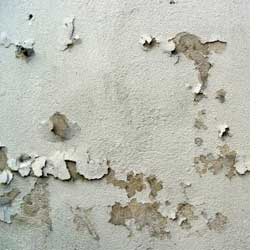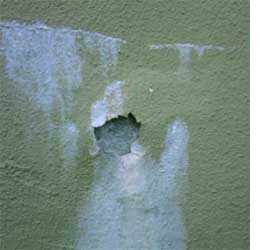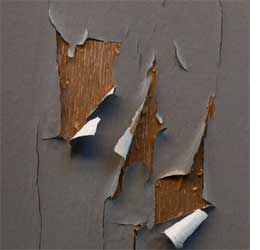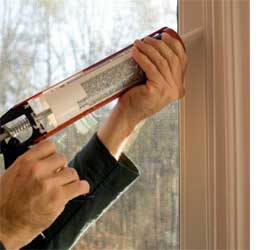Why does paint peel or blister
There are many reason why paint failure can occur, but moisture is a common cause of peeling or blistering paint on both interior and exterior walls.
If you notice blistering or peeling paint on walls you need to address this problem before preparation and painting. Moisture as a source of paint failure falls into three general categories: systemic moisture, structurally caused moisture, and moisture caused by human error.
High moisture content
Bathrooms, kitchens and laundry as three rooms in a home that can experience a high moisture content. If insufficient ventilation is installed in these rooms, a build up of water vapour can eventually cause paint to fail and provide the perfect breeding ground for mildew and mould.
In rooms with inadequate ventilation, or lack of opening windows, an extraction fan should be fitted to allow for moisture vapour to be expelled from the room. On exterior walls you will commonly find peeling paint around any areas of damp. Where mildew and mould have already taken hold, this will need treatment before removing existing paint and applying new.
Build up of salts in cement-based materials
Efflorescence occurs when salts in cement or stone emerge on the surface and appear as white crystals. If left unattended, efflorescence can lead to further decay of the finish and base coat. It’s also an indicator that water is getting in from somewhere, and before painting or repairing plaster, the underlying cause of the problem must first be addressed.
Efflorescence also occurs on natural stone and terra cotta tiles, where salts are drawn up from a concrete slab or cement-based adhesives.
Incorrect preparation
When new paint is applied over improperly prepared surfaces the product may flake or peel off. The proper preparation and finishing involves protecting painted surfaces from the ravages of moisture.
Even though you may hire a contractor to perform your interior and exterior painting, you should make a close inspection of your any existing paint failures, give some thought to the possible causes of the paint failure, and do some research. Then, when dealing with your contractor, ask questions: specifically, why the paint failure is happening; how to resolve it; and how to prevent its recurrence.
Prevention is better than cure
To prevent the ingress of moisture around window and door frames, apply a suitable sealer to the perimeter. Additionally, wood that is not being painted should be sealed with a quality interior or exterior sealer. Remedy any signs of damp or moisture inside the home. Seal around baths, showers, basins and toilets. Never apply paint to a surface that is damp, such as on exterior walls after rain, on cement that has not had time to cure, or wood that had not properly dried out.




